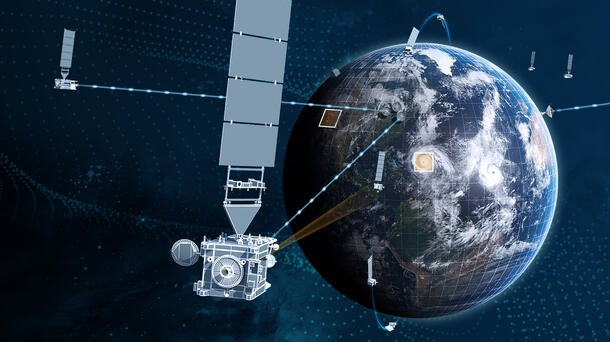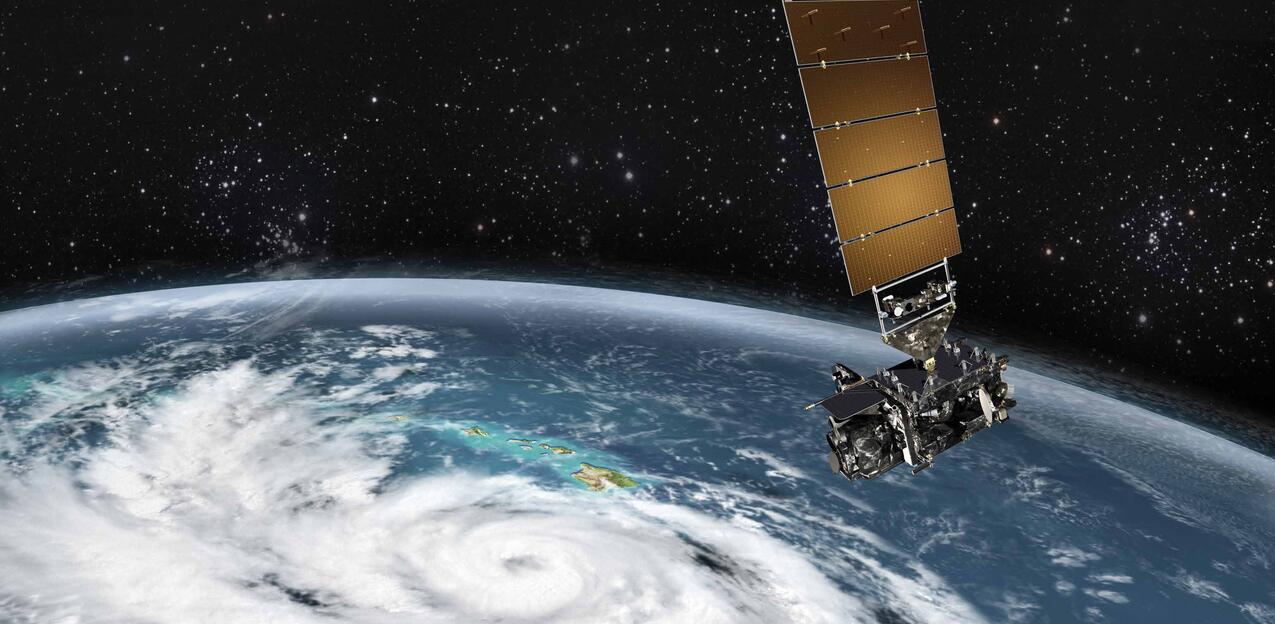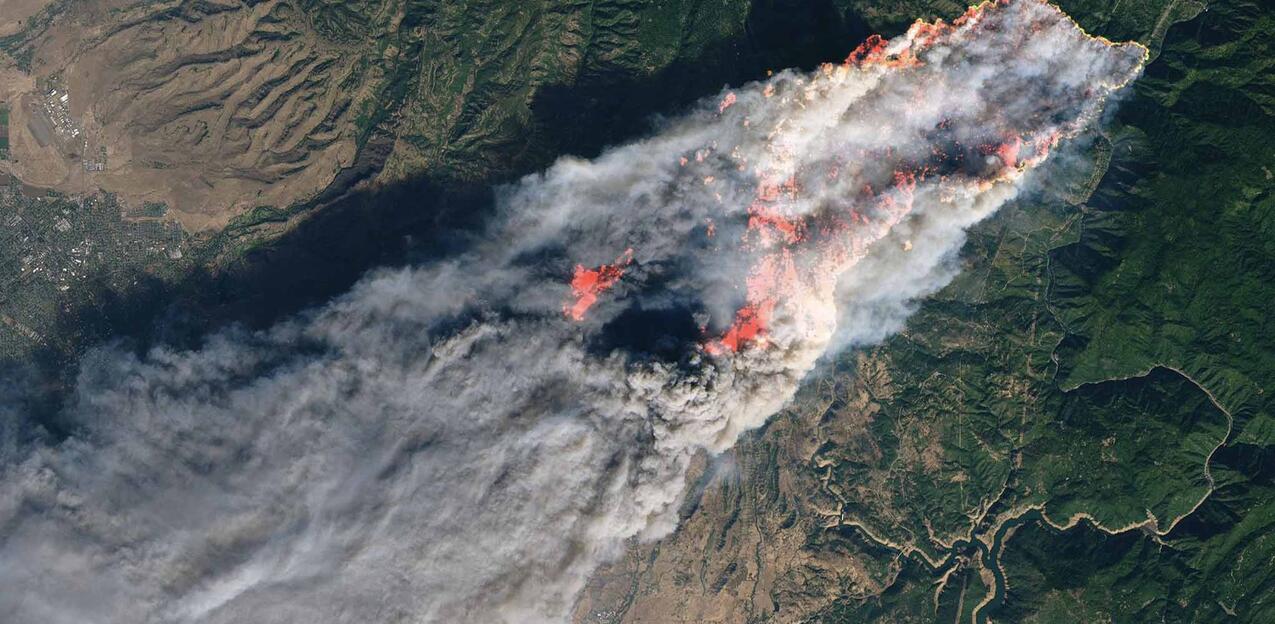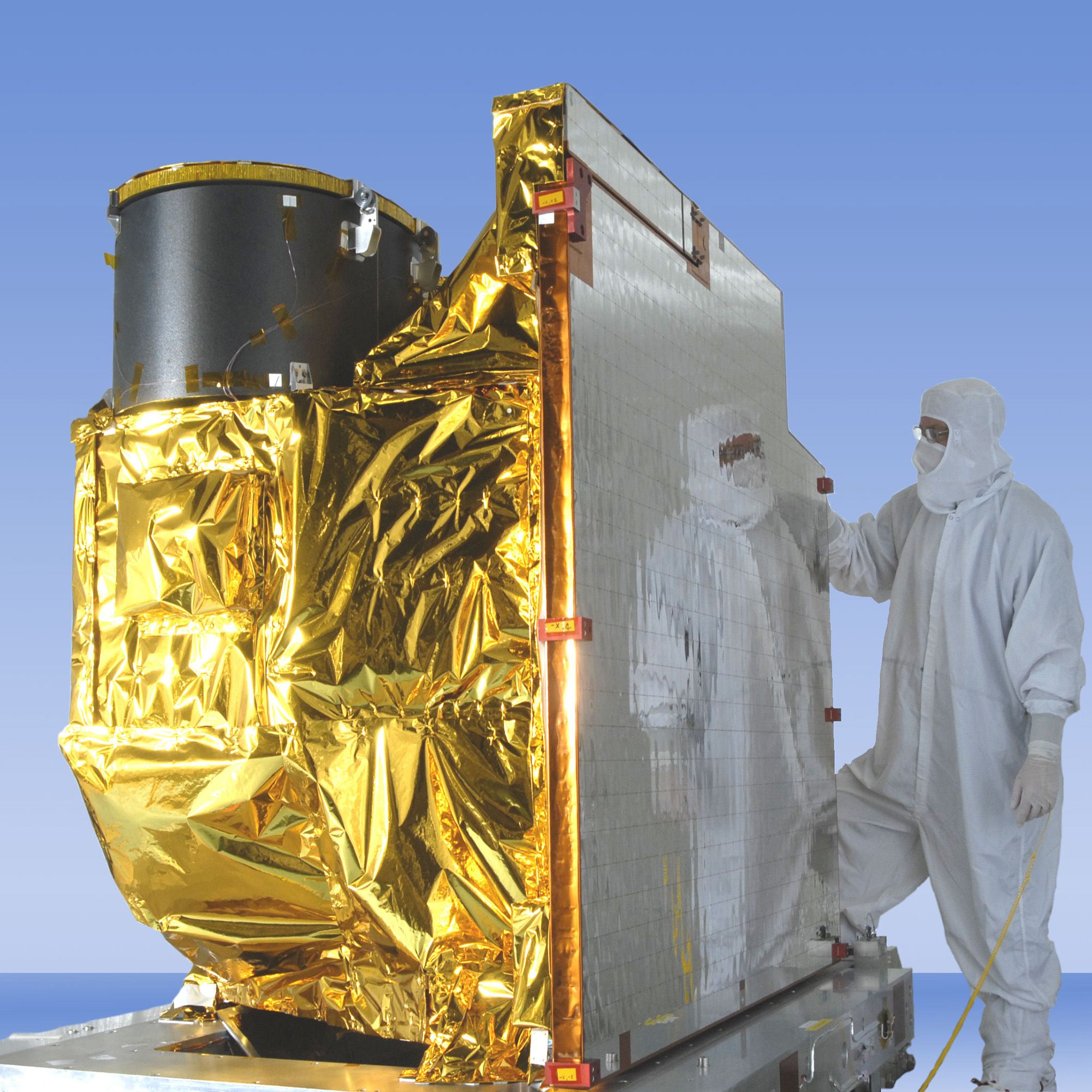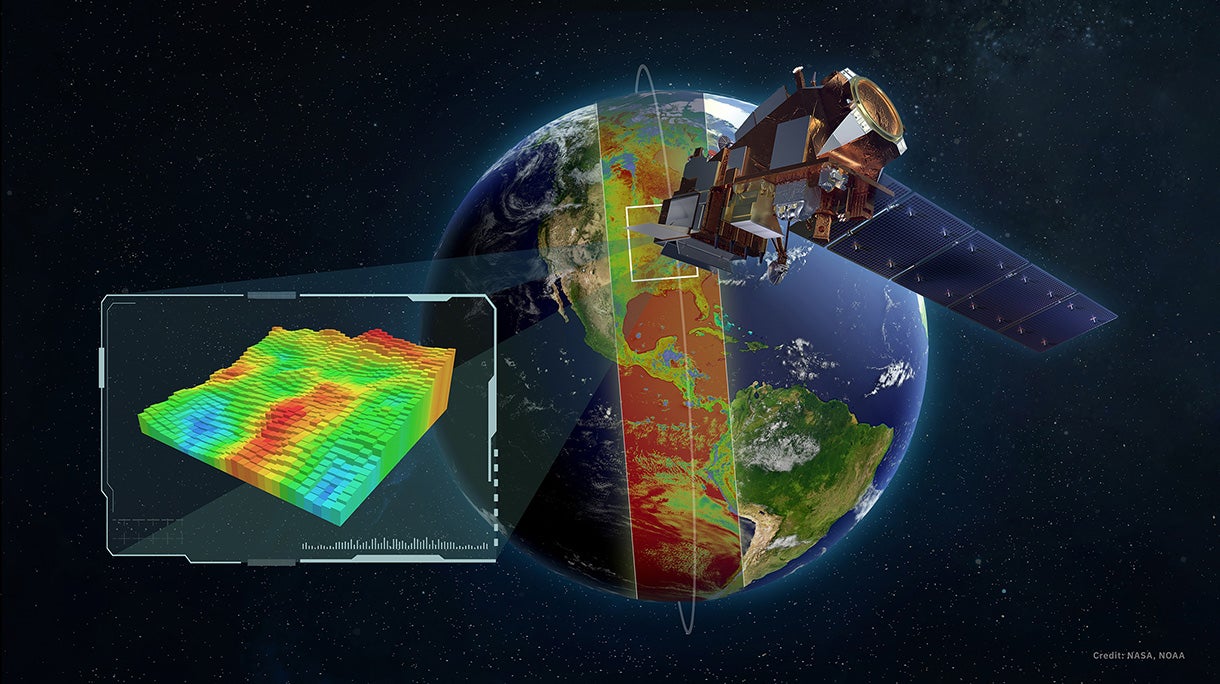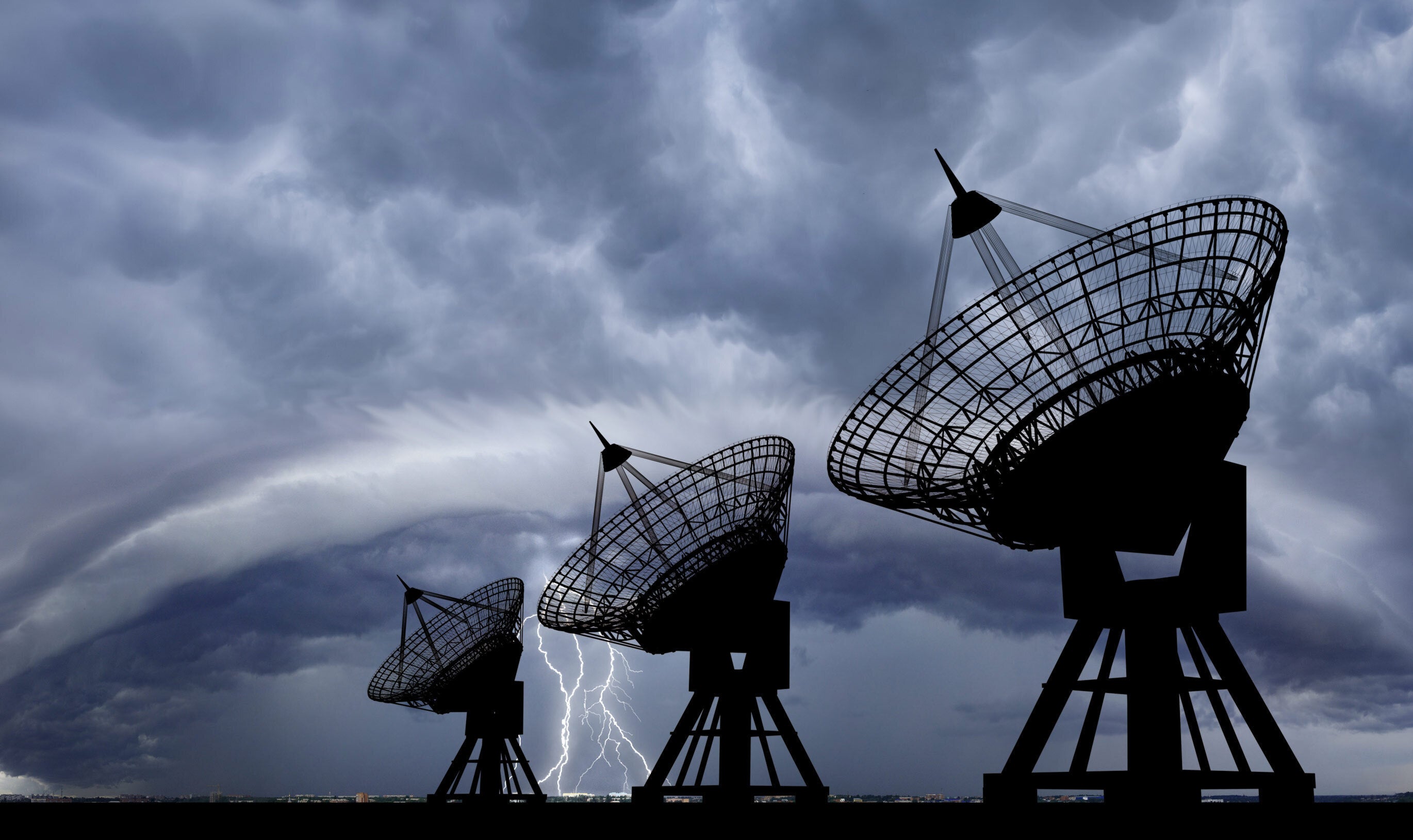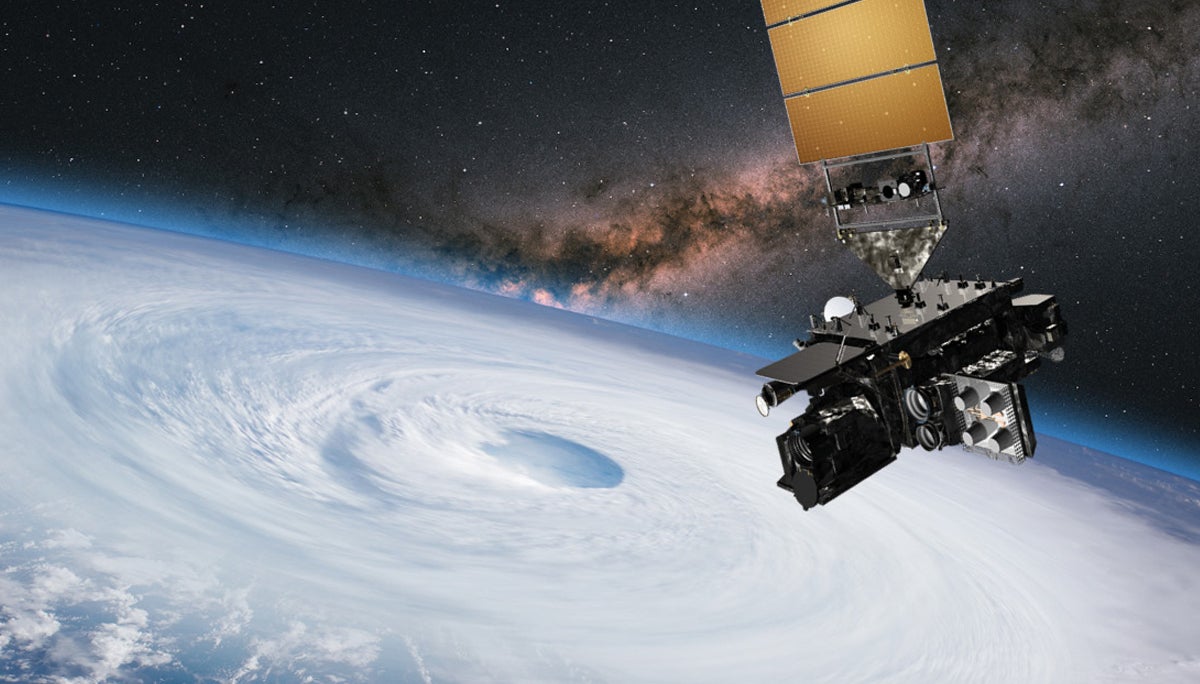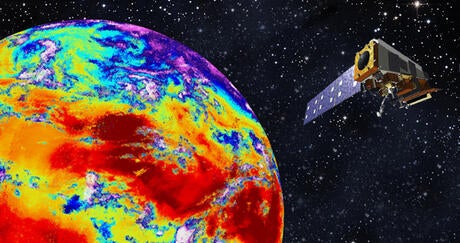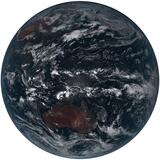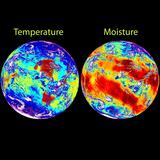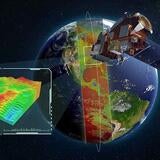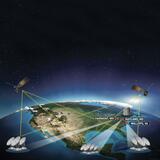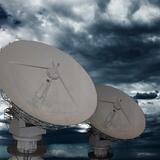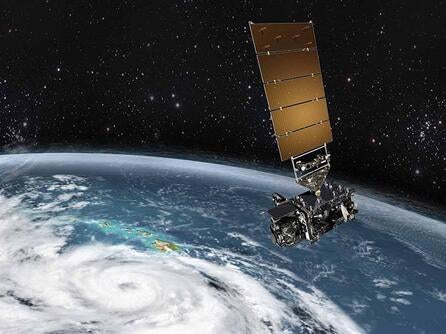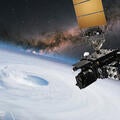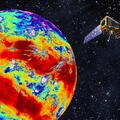Catastrophic weather events are becoming more frequent, destructive and widespread than ever before.
In 2023, the U.S. experienced 25 separate weather and climate disasters – totaling $81 billion in losses. And according to Adam Smith, a climatologist at the U.S. National Oceanic and Atmospheric Administration’s (NOAA) National Centers for Environmental Information (NCEI), the average annual cost of high-impact weather and climate events over the last five-years was $119.1 billion, nearly three times greater than historical averages.
Beyond the economic losses, the impacts to human lives are catastrophic. According to the U.S. Census Bureau Household Survey Data, in 2022, more than 3.2 million people in the U.S. were displaced by hurricanes, floods, fires and tornadoes.
As weather threats intensify, advancing our ability to understand and better predict severe weather events is critical to protecting lives and property. That’s why government officials and scientists across the globe are investing in next-generation weather solutions to help defend against escalating environmental threats, including technology developed by L3Harris.
During 2023 alone, L3Harris was awarded more than $1 billion in weather-related contracts from domestic and international customers to deliver next-generation capabilities that counteract the threat of severe weather. This includes advanced imaging technology and multi-mission, real-time, high-throughput ground solution for the U.S., as well as next-generation imaging and sounding technology for Japan.
